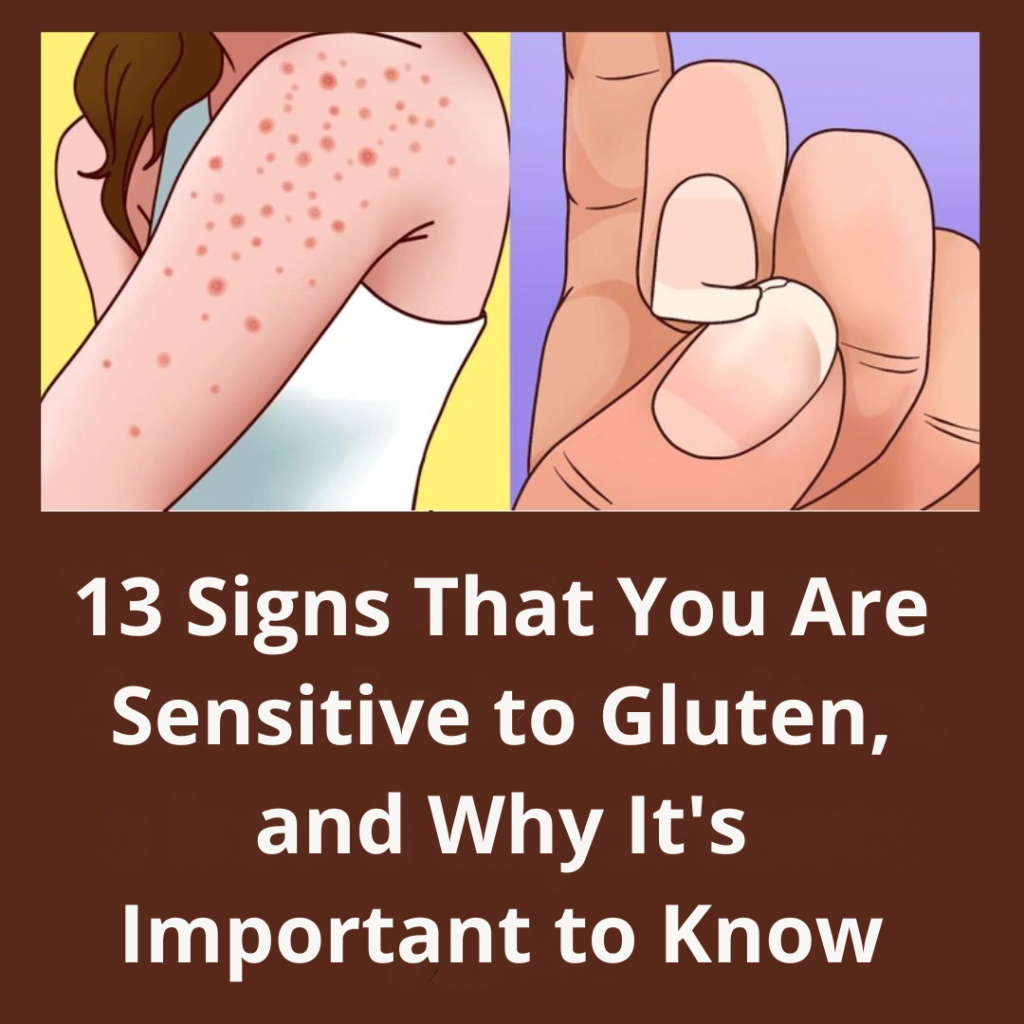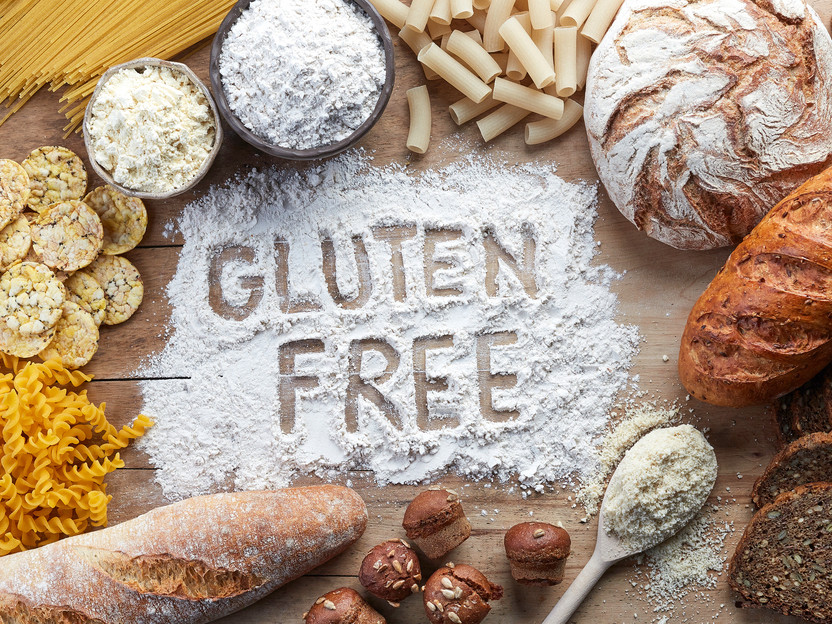
Gluten intolerance is more common than many realize, often presenting as an allergic reaction to gluten found in food. Celiac disease, the most severe form of gluten intolerance, affects about 1% of the global population. Left untreated, it can cause serious complications, such as permanent damage to the digestive system.
Wheat Allergy vs. Gluten Intolerance
Wheat allergy and gluten intolerance are often confused. A wheat allergy involves an immune response to proteins in wheat, including but not limited to gluten, and is more common in children. Symptoms of a wheat allergy include nausea, diarrhea, rashes, and difficulty breathing.
Understanding Gluten Intolerance
Gluten intolerance, often in the form of celiac disease, is an autoimmune condition. When someone with this condition consumes gluten, their immune system damages the small intestine’s villi, which are crucial for nutrient absorption, leading to malnutrition and long-term health issues.
Wheat Allergy vs. Gluten Sensitivity
While wheat allergy is triggered by proteins in wheat, gluten sensitivity is different. People with non-celiac gluten sensitivity experience similar symptoms to those with gluten allergies but without the intestinal damage.
Common Symptoms of Gluten Allergy

- Fatigue: Constant tiredness, especially after meals, may indicate gluten intolerance. Research shows that between 60% and 82% of people with gluten allergies report fatigue, often related to nutrient deficiencies caused by intestinal damage.
- Abdominal Pain: A common symptom of gluten intolerance, with up to 83% of people with celiac disease experiencing abdominal discomfort after consuming gluten.
- Bloating: Bloating is a frequent issue, with 87% of those with non-celiac gluten sensitivity experiencing it. It is also one of the most common complaints among people with gluten allergies.
- Diarrhea or Constipation: Gluten intolerance can cause inflammation in the intestines, leading to digestive issues like diarrhea or constipation. More than 50% of gluten-sensitive individuals experience diarrhea, while about 25% suffer from constipation.
- Numbness in Limbs: Neuropathy, characterized by tingling and numbness in the arms and legs, can be linked to gluten intolerance. This condition is also associated with vitamin B12 deficiency and high alcohol consumption.
- Depression and Anxiety: People with gluten intolerance are more likely to experience depression and anxiety. Some studies suggest that gluten proteins interfere with the central nervous system, which may increase the risk of mental health issues.
- Anemia: Iron deficiency anemia, resulting from poor nutrient absorption in the intestines, is common in people with gluten intolerance. This can cause fatigue, shortness of breath, dizziness, and pale skin.
- Autoimmune Disorders: Those with celiac disease are more prone to other autoimmune diseases, like autoimmune thyroid disease and type 1 diabetes, making gluten allergy more common in people with existing autoimmune conditions.
- Joint and Muscle Pain: Gluten intolerance can lead to joint and muscle pain, possibly due to an overly sensitive nervous system or inflammation caused by gluten exposure.
- Headaches: Individuals with gluten intolerance are at a higher risk of headaches and migraines compared to others.
- Skin Problems: People with gluten allergies can develop skin conditions like dermatitis herpetiformis, a rash that is a sign of celiac disease. A gluten-free diet can improve other skin conditions like psoriasis and alopecia.
- Weight Loss: Unexplained weight loss can be a result of undiagnosed celiac disease. This weight loss is often linked to poor nutrient absorption due to digestive issues.
- Difficulty with Mental Activities: Brain fog, which includes forgetfulness, difficulty thinking clearly, and mental fatigue, is a common symptom of gluten intolerance. Studies show that up to 40% of individuals with celiac disease experience this cognitive impairment.
What to Eat on a Gluten-Free Diet

A gluten-free diet removes gluten but may also reduce fiber and nutrients. Some choose it for potential health benefits, though science doesn’t support this for those without gluten issues. Consulting a nutritionist ensures balanced nutrition.
Gluten-Free Foods
Many foods are naturally gluten-free, including fresh fruits, vegetables, beans, nuts, eggs, lean meats, fish, and some dairy.
Safe grains and flours include rice, quinoa, buckwheat, corn, and tapioca, as well as gluten-free flours from rice, soy, or potatoes.
Safety Tips for Gluten Allergy Sufferers

- Store gluten-free and gluten-containing foods separately to avoid cross-contamination.
- Clean cooking surfaces and utensils thoroughly to prevent gluten contamination.
- Be mindful of menus at restaurants; always ask the staff about ingredients and preparation methods to ensure a safe meal.
- Avoid all products containing wheat, barley, rye, and oats.
By following these precautions, you can live a healthy and symptom-free life while managing gluten intolerance.

